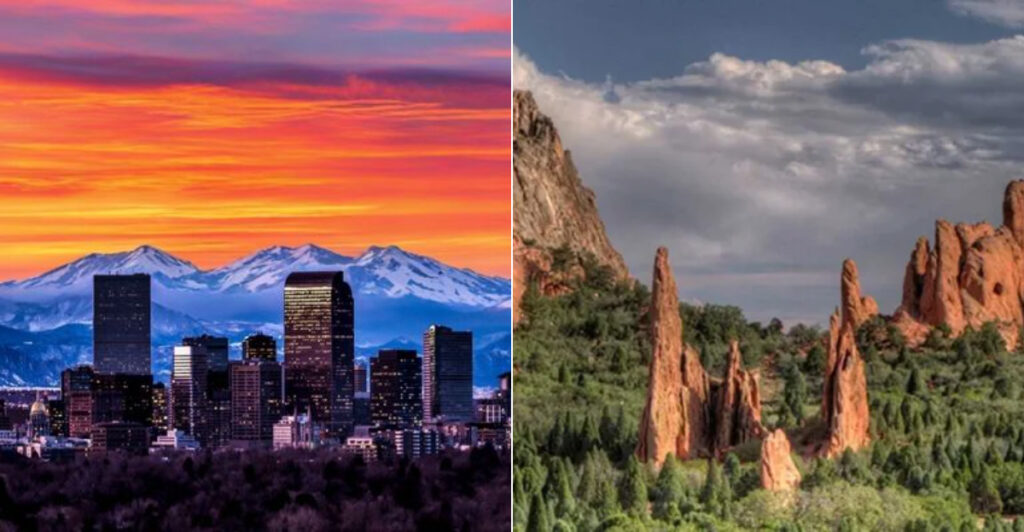Planning your Colorado mountain adventure for 2025? Two cities stand out as prime base camps for exploring the Rockies. Denver offers big-city amenities and major airport access, while Colorado Springs provides smaller-town charm with famous attractions right at your doorstep. Both locations serve as gateways to incredible outdoor experiences, but each has unique advantages and drawbacks that could make or break your mountain getaway.
1. Denver’s Airport Advantage: Flight Options and Rail Connections
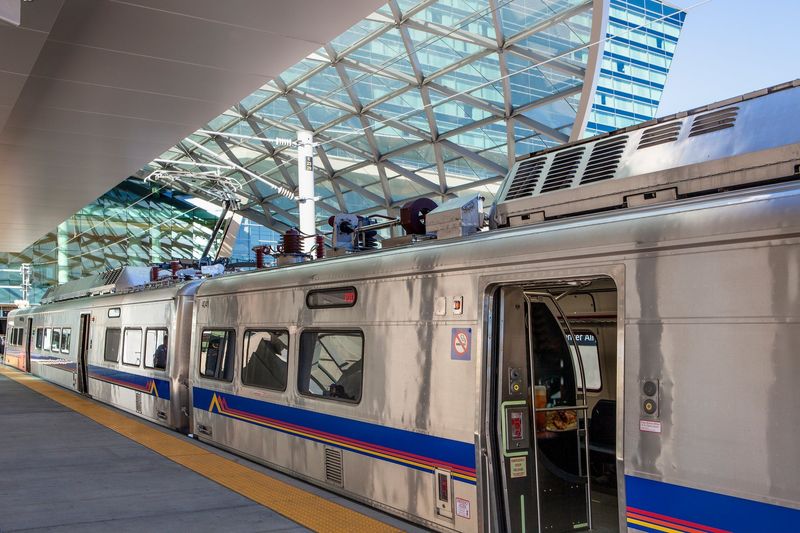
Denver International Airport transforms your mountain vacation from the moment you land. With new long-haul routes launching in 2025, getting to Colorado has never been easier from anywhere in the world.
The real game-changer? The RTD A Line train whisks you directly from airport gates to downtown Union Station in about 40 minutes. No expensive taxi rides or rental car hassles right after a long flight.
This seamless connection means you can grab lunch downtown and be on mountain trails the same afternoon you arrive.
2. Rocky Mountain National Park: Denver’s Proximity Advantage
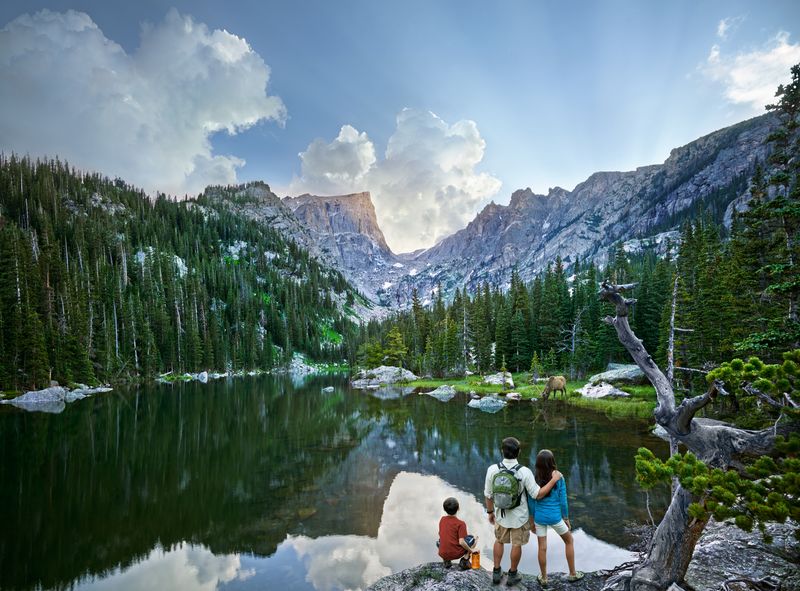
From Denver, Rocky Mountain National Park feels like a quick weekend escape rather than a major expedition. Estes Park, your gateway to alpine lakes and towering peaks, sits just 90 minutes away on most days.
Morning coffee in Denver can easily turn into afternoon hiking among elk herds and snow-capped summits. The relatively short drive means you can tackle popular trails without needing overnight accommodations.
Traffic and weather can stretch that 70-mile journey, but Denver’s location still beats most alternatives for accessing this crown jewel of Colorado’s national parks.
3. I-70 Mountain Corridor: Denver’s Direct Route to Ski Country
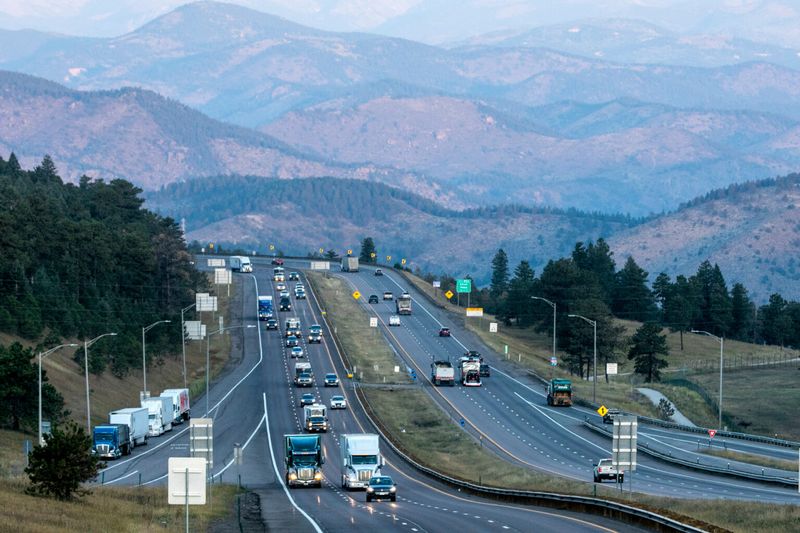
Powder hounds and peak baggers love Denver’s direct shot to Colorado’s most famous mountain destinations. Summit County resorts and Eagle County’s world-class skiing lie straight west on Interstate 70.
No winding through small towns or navigating confusing mountain roads – just hop on the highway and go. Popular destinations like Breckenridge, Keystone, and Vail become achievable day trips from your Denver hotel.
The convenience factor cannot be overstated when you’re carrying ski gear, hiking equipment, or traveling with families who prefer straightforward routes to mountain adventures.
4. I-70 Traffic Reality: Denver’s Weekend Nightmare

That convenient I-70 access comes with a painful catch – epic traffic jams that can turn hour-long drives into four-hour ordeals. Weekend warriors know the drill: leave at dawn or sit in parking lots.
Colorado Department of Transportation regularly issues warnings about congestion, especially during ski season and summer hiking months. Holiday weekends become particularly brutal for mountain-bound travelers.
Smart Denver-based adventurers plan around these predictable bottlenecks, but the traffic reality means your mountain base location requires serious schedule flexibility and patience during peak times.
5. Rocky Mountain National Park Reservations: Denver’s Planning Challenge
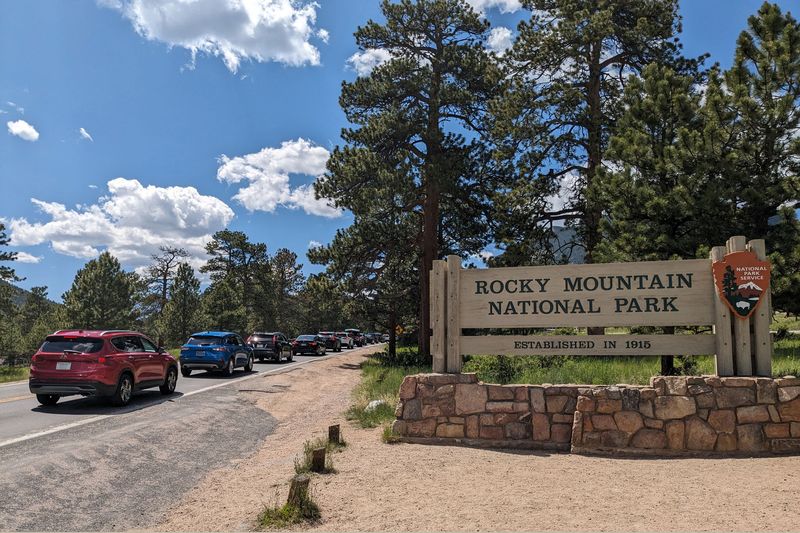
Even Denver’s proximity advantage gets complicated by RMNP’s timed-entry system during 2025’s peak seasons. Two different permit types govern access to Bear Lake Road and other park areas.
Spontaneous mountain trips become nearly impossible when popular trailheads require advance reservations through Recreation.gov. Summer and fall visitors must plan weeks ahead for guaranteed park entry.
The reservation system aims to protect fragile alpine environments, but it adds layers of complexity to what used to be simple day trips from Denver to Colorado’s most beloved national park.
6. Denver’s Altitude Advantage: Easier Acclimatization at 5,280 Feet
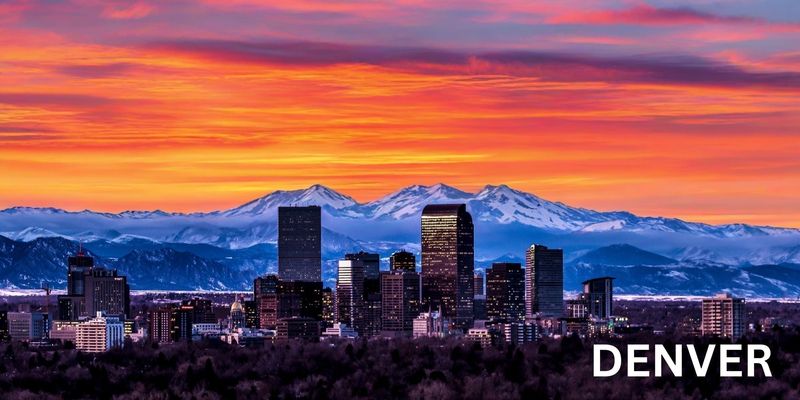
The Mile High City’s famous elevation actually helps visitors adjust to Colorado’s thin air before tackling even higher mountain adventures. At 5,280 feet, Denver provides a stepping stone for sea-level travelers.
Many people feel energetic and comfortable at Denver’s elevation within a day or two. This gradual introduction to altitude can prevent headaches and fatigue that plague visitors who jump straight to 8,000-foot mountain towns.
Smart mountain adventurers use Denver as acclimatization headquarters, spending their first night at a manageable elevation before pushing toward 14,000-foot peaks and high-altitude hiking trails.
7. Pikes Peak Highway: Colorado Springs’ Backyard Adventure
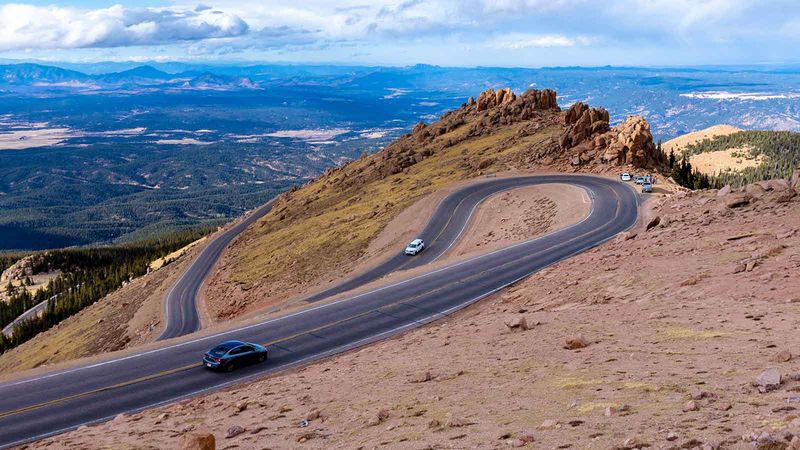
Colorado Springs residents practically have America’s Mountain in their backyard – the famous Pikes Peak Highway entrance sits just 15 minutes from downtown hotels and restaurants.
This paved 19-mile toll road climbs to 14,115 feet of breathtaking views year-round, weather permitting. No other major Colorado city offers such immediate access to a genuine fourteener experience.
Morning coffee downtown can lead to afternoon photos above treeline, making Pikes Peak the ultimate spontaneous adventure. The highway’s reliability and proximity give Colorado Springs an unbeatable advantage for high-altitude thrills.
8. Pikes Peak Cog Railway: Colorado Springs’ Historic Mountain Experience
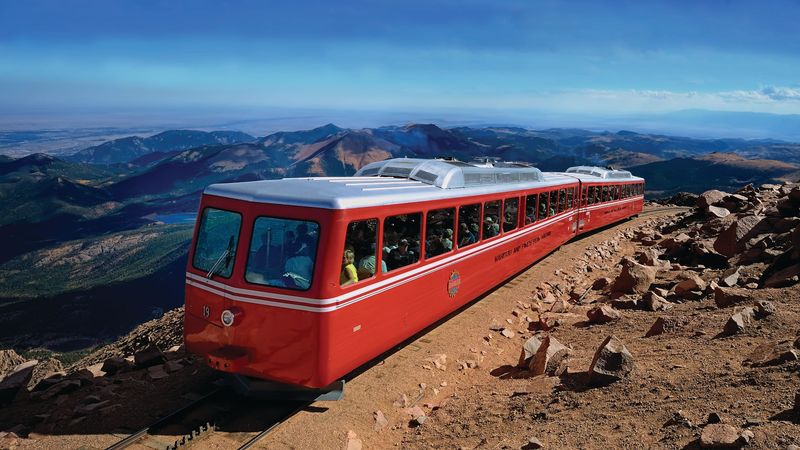
All aboard for one of Colorado’s most unique mountain adventures! The historic Cog Railway chugs from Manitou Springs to Pikes Peak’s 14,115-foot summit, offering effortless access to extreme altitude.
This engineering marvel lets anyone reach Colorado’s heights without hiking boots or mountain climbing skills. The scenic journey becomes part of the adventure, with changing ecosystems visible from comfortable train cars.
Families with small children and visitors with mobility concerns can still experience genuine Colorado peaks thanks to this one-of-a-kind railway system that operates exclusively from the Colorado Springs area.
9. Garden of the Gods: Colorado Springs’ Free Natural Wonder
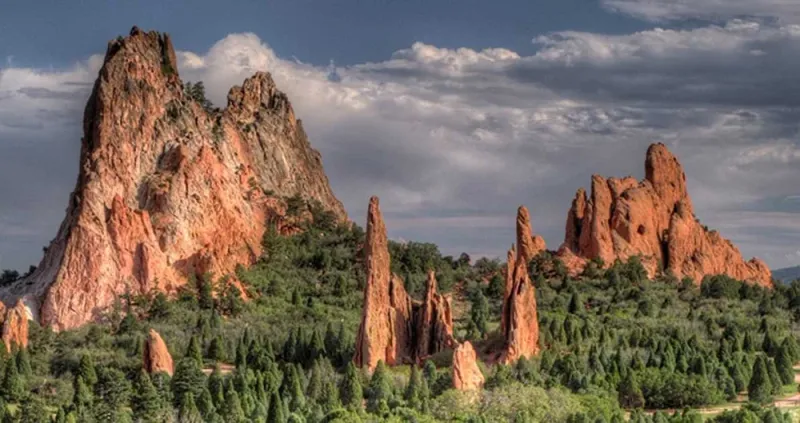
Iconic red rock formations create a stunning backdrop right within Colorado Springs city limits – and admission costs absolutely nothing. Garden of the Gods offers world-class scenery without entrance fees or long drives.
The visitor center provides educational exhibits while paved trails accommodate all fitness levels. Photographers and families find endless entertainment among these ancient sandstone sculptures.
Few mountain base cities can claim such spectacular natural attractions within their boundaries. Colorado Springs residents and visitors enjoy this geological masterpiece as easily as visiting a neighborhood park, making it an incredible value-added amenity.
10. Colorado Springs Airport Limitations: Fewer Flight Options
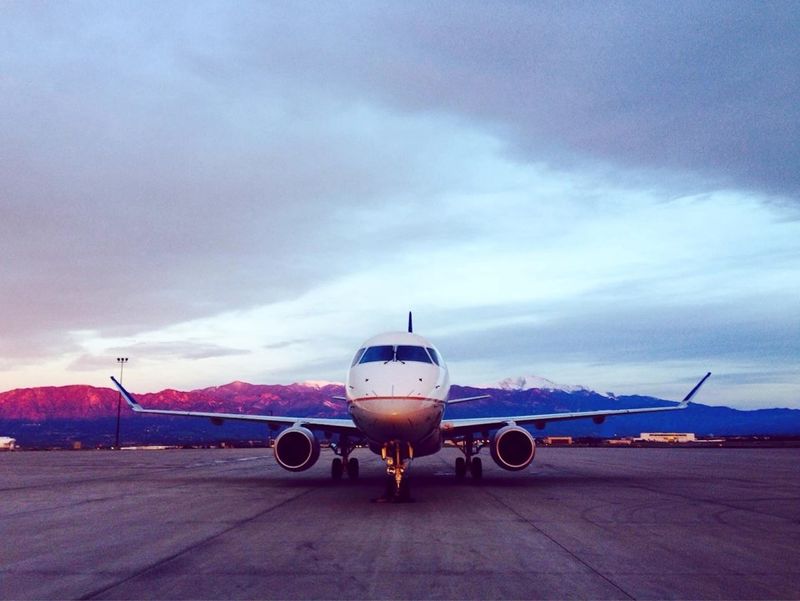
Colorado Springs Airport serves regional travelers well, but its compact route network can complicate travel plans for visitors from distant cities or international destinations.
Many travelers find themselves connecting through Denver or other major hubs anyway, potentially negating the convenience of a smaller, less crowded airport facility.
The trade-off becomes clear: shorter security lines and easier parking versus limited nonstop destinations. Travelers from major metropolitan areas should verify direct flight availability before committing to Colorado Springs as their mountain base headquarters.
11. Distance Drawbacks: Colorado Springs and Popular Mountain Destinations
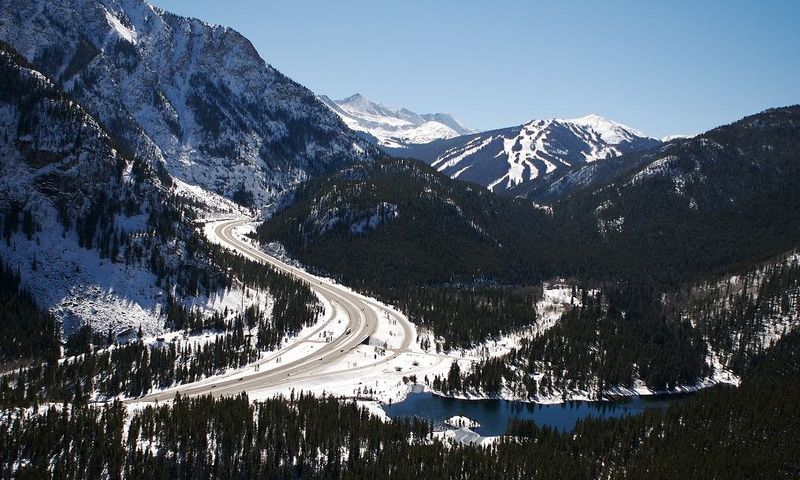
Colorado Springs’ southern location creates longer drives to many famous Colorado mountain attractions. Rocky Mountain National Park sits roughly 140 miles away – nearly three hours of driving each direction.
Popular I-70 ski resorts become full-day expeditions rather than quick mountain escapes. Summit County and Eagle County destinations require significant time commitments from Colorado Springs.
The extra driving time cuts into actual mountain adventure hours and increases fuel costs. Serious skiers and frequent RMNP visitors might find Denver’s more central location ultimately more practical for accessing Colorado’s greatest hits.
12. Altitude and Permits: Colorado Springs’ Additional Challenges
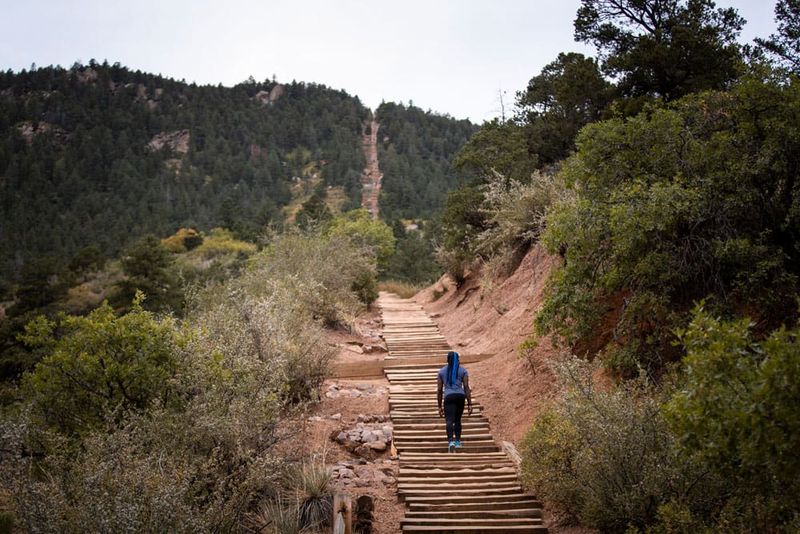
Colorado Springs sits higher than Denver at approximately 6,035 feet, potentially causing more initial discomfort for sea-level visitors adjusting to thin air and reduced oxygen.
Popular attractions like the Manitou Incline require free advance reservations, adding another layer of trip planning complexity. Spontaneous hiking adventures become more difficult with permit requirements.
The combination of higher elevation and reservation systems means Colorado Springs visitors need extra preparation time. Smart travelers should book permits early and allow extra acclimatization days before attempting strenuous high-altitude activities around the area.

